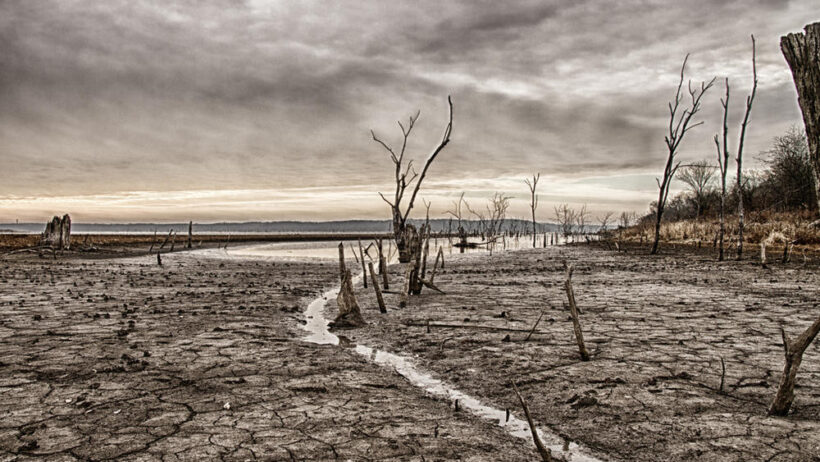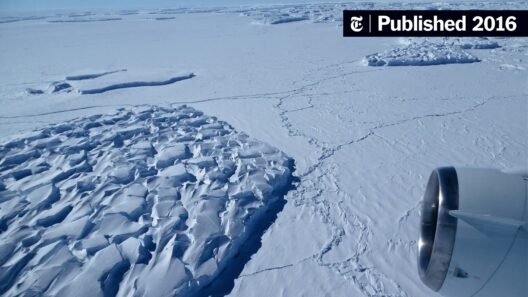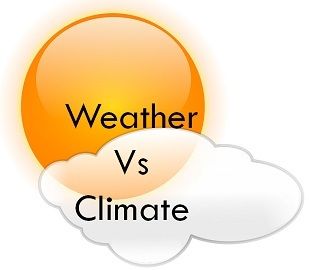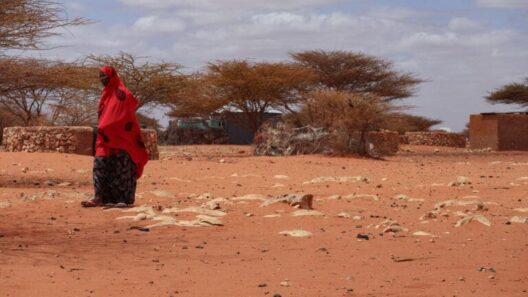As climate change becomes an ever-pressing global concern, it leaves us pondering: how can the power of storytelling shape our understanding and response to this monumental issue? Enter climate fiction, often affectionately dubbed “cli-fi.” This emerging genre not only encapsulates the scientific realities of a world at risk but also immerses readers in richly imagined narratives, pushing the bounds of our collective consciousness. But, amidst these tales of environmental calamity, do they offer more than mere entertainment? What challenges do they pose for both creators and audiences alike?
The term “climate fiction” encompasses novels, films, and other artistic expressions that grapple with the impacts of climate change. Within its expansive umbrella lies a spectrum ranging from dystopian catastrophes to hopeful, albeit cautionary tales. The genre reflects our anxieties, ambitions, and the multifaceted nature of humanity in the face of ecological disaster. As we delve deeper into the annals of cli-fi, the backdrop of the climate crisis looms larger than life, shaping plots and character arcs.
Historically, the roots of climate fiction can be traced to earlier works of speculative fiction that examined humanity’s relationship with nature. Authors like Ursula K. Le Guin laid the groundwork by exploring the ramifications of civilization’s choices on the environment. However, it was not until the early 2000s that cli-fi truly burgeoned into a distinct genre. Books such as Kim Stanley Robinson’s “New York 2140” and Margaret Atwood’s “Oryx and Crake” tapped into the zeitgeist, ushering forth a wave of fascination with narratives depicting deteriorating ecosystems.
The rise of cli-fi is undeniably intertwined with real-world events. The increase in media coverage surrounding climate disasters—hurricanes, wildfires, and melting glaciers—provides fertile ground for this genre to flourish. Authors and filmmakers have harnessed these calamities to concoct visceral, poignant stories that not only capture attention but elicit a profound sense of urgency. The power of cli-fi lies in its ability to engage audiences emotionally, encouraging them to confront the stark realities of climate change while simultaneously igniting a glimmer of hope through potential solutions.
However, while the genre excels at stirring emotional resonance, it presents its own set of challenges. One might wonder: can art truly inspire action? Or are cli-fi narratives merely a vehicle for escapism, distracting from the necessary activism required to address climate change? This ambivalence generates an intriguing but complex discourse among writers, readers, and critics alike. Some argue that cli-fi can motivate individuals to become more environmentally conscious. Conversely, others contend that it risks normalizing the very disasters it seeks to portray, allowing society to grow desensitized to the ongoing crisis.
To fully appreciate the nuance of cli-fi, we must also consider its impact on character development. The protagonists of these narratives are often grappling with moral dilemmas that reflect their individual responses to climate catastrophes. They can embody the spectrum of responses—from apathy to activism—making them relatable conduits for readers. Authors such as Paolo Bacigalupi, whose “The Water Knife” delves into the dire consequences of scarcity in a drought-ridden future, illustrate the human psyche’s struggle when faced with loss, survival, and the ethics of resource allocation.
Moreover, cli-fi extends beyond written texts and into the realm of visual storytelling. Films such as “Snowpiercer” and “Interstellar” explore climate change’s potential to reshape societal structures and human relationships. Through stunning cinematography and complex narratives, these films immerse us in their worlds, provoking thought and dialogue about the future. They compel us to reflect on our role within the ecological tapestry and consider our responsibility to future generations.
As the genre continues to evolve, incorporating fresh narratives and diverse perspectives, the necessity of inclusivity becomes increasingly evident. Climate fiction should reflect the voices of those who are most affected by climate change—indigenous communities, marginalized populations, and voices from the Global South should resonate within cli-fi literature. By widening the scope of who tells these stories, cli-fi can offer a kaleidoscope of experiences and elevate the urgency of climate justice, shaping a more equitable dialogue around environmental issues.
As we ponder the role of climate fiction in our cultural sphere, it compels us to question our stance on climate change. Are we passive spectators of a narrative unfolding before our eyes, or active participants shaping the outcome? The rise of cli-fi prompts critical reflection on our choices—both as storytellers and as audience members. Do we merely consume these tales, or do we internalize their messages and cultivate tangible action?
In conclusion, the emergence of climate fiction represents a significant cultural phenomenon, one that reflects our collective anxieties while also offering a canvas for hope and action. As readers and viewers engage with the vast array of cli-fi narratives, they are invited to grapple with complex questions about agency, responsibility, and the dire need for transformative action. The interplay between fiction and reality becomes palpable, as we realize that the stories we tell about climate change can amplify our vision for a sustainable future. As the genre evolves, we are left with a compelling mandate: to weave our narrative of resilience and activism into the very fabric of society.








